WHAT TO WATCH FOR: 5 storylines for Sunday's race in Azerbaijan

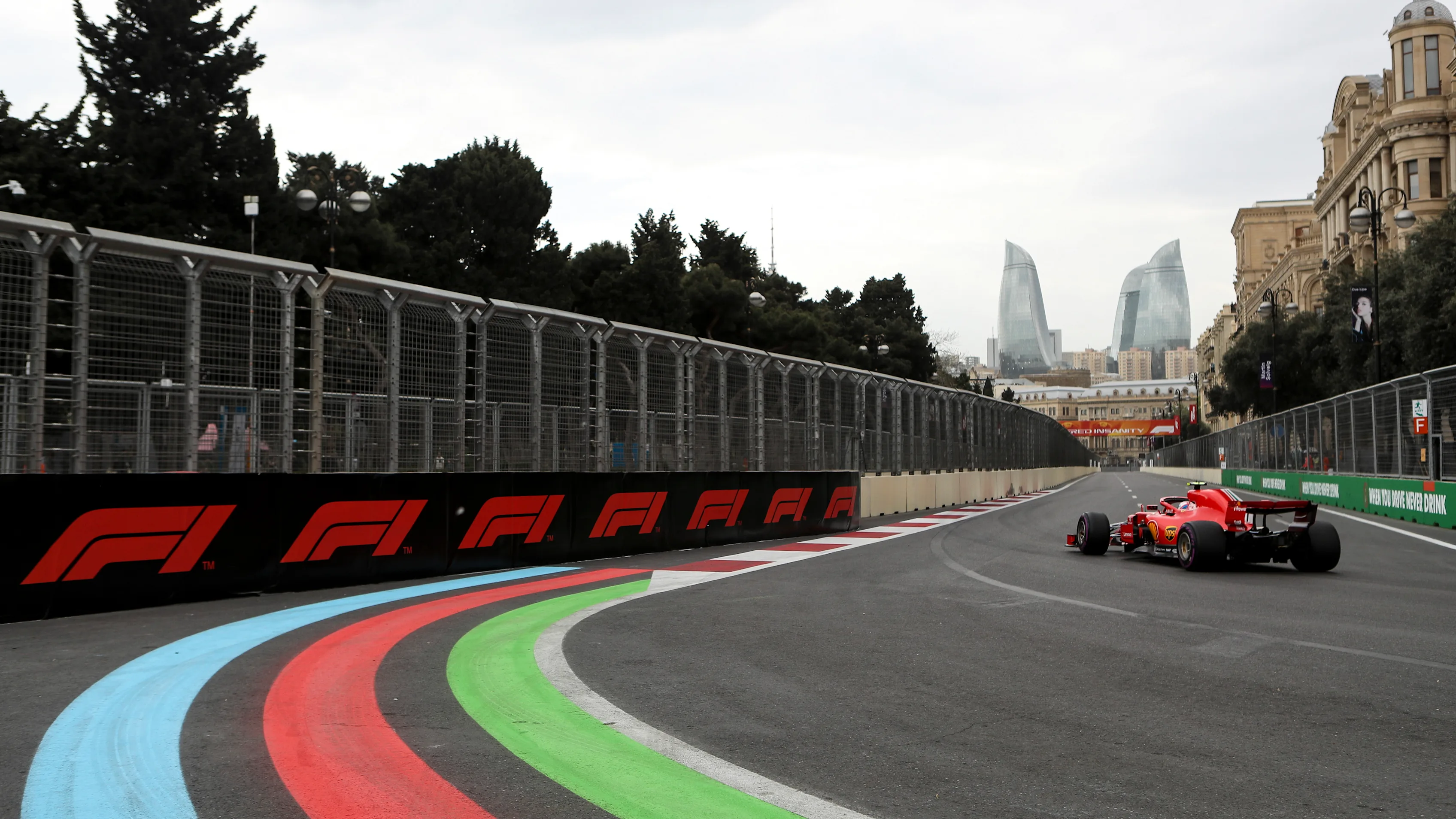
From Kimi Raikkonen being the joker in the pack to an unusual and unpredictable natural challenge, and from promising signs at Williams to a touch paper waiting to be lit, we break down the key themes to look out for in Sunday’s Grand Prix in Baku…
1. Kimi the key?
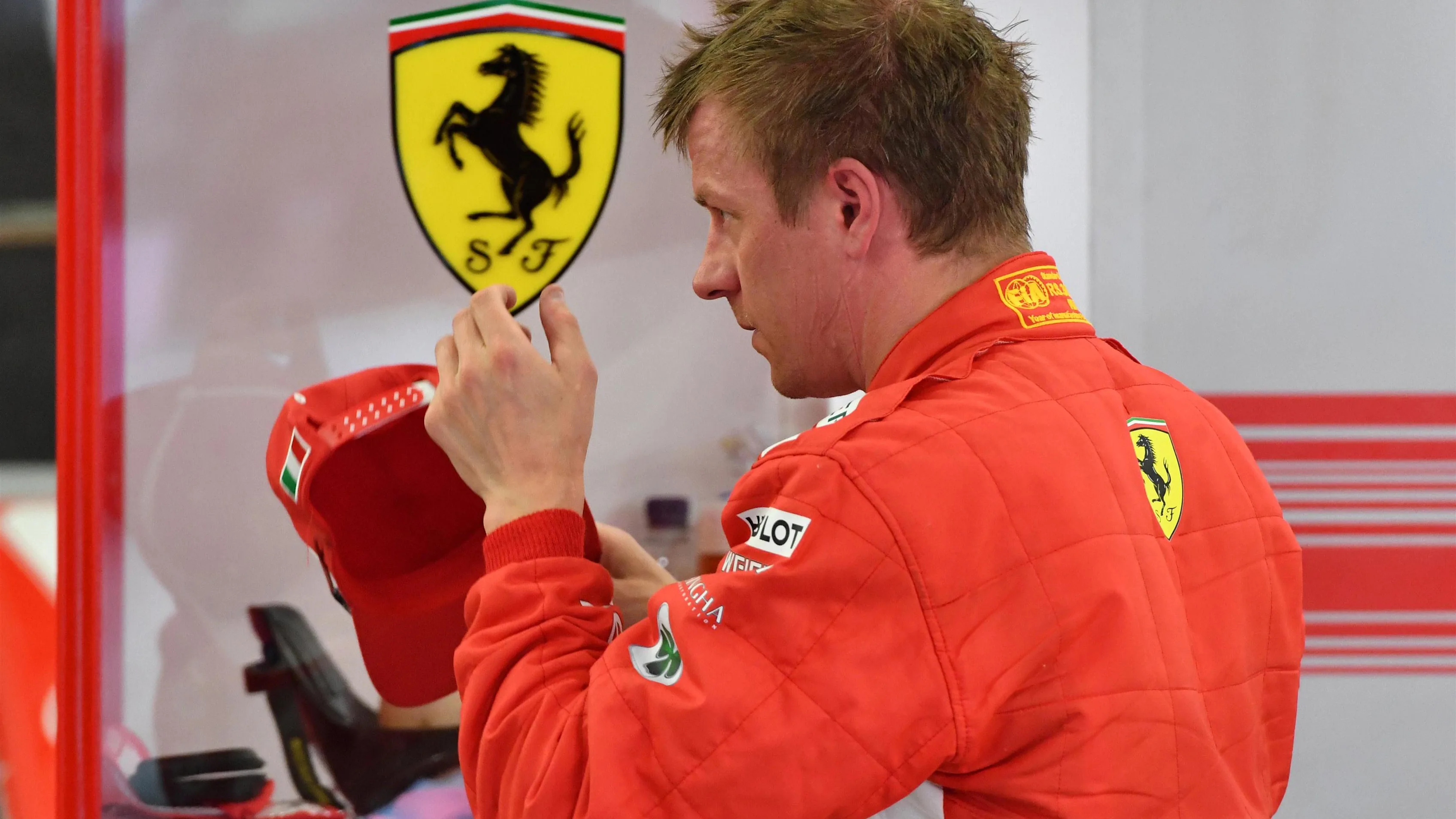
Strategy is not always a topic Kimi Raikkonen likes to discuss in the media, with some of Ferrari’s decisions regarding the way they handle the Finn’s races coming under scrutiny from those who suggest the team are favouring Sebastian Vettel. But after qualifying in sixth place, Raikkonen has found himself in the perfect position to be used as the catalyst to change the face of the race.
Raikkonen should have been higher up on the grid. Having qualified on the front row at each of the first three races, he was on course to take pole position having set the fastest first two sectors on his final Q3 lap, but then a mistake at Turn 16 - the last real corner that requires braking on the circuit - left him down in sixth. Trouble in Q2 had also put Kimi on the back foot and he was the only driver of the top six to go through on the ultrasoft tyre, meaning he will start the race on the softest compound.
With the two Mercedes and Red Bull drivers - plus team mate Vettel - all starting on the supersoft, Raikkonen’s alternate strategy could open up the race. If he can keep pace with those in front, an earlier stop as his tyres start to drop off is likely start a domino effect as he forces all those ahead to react. Ferrari could use it to help Vettel, or it might make for a difficult situation where the leader is defending against the undercut from all those behind him…
2. Things could get wild and windy
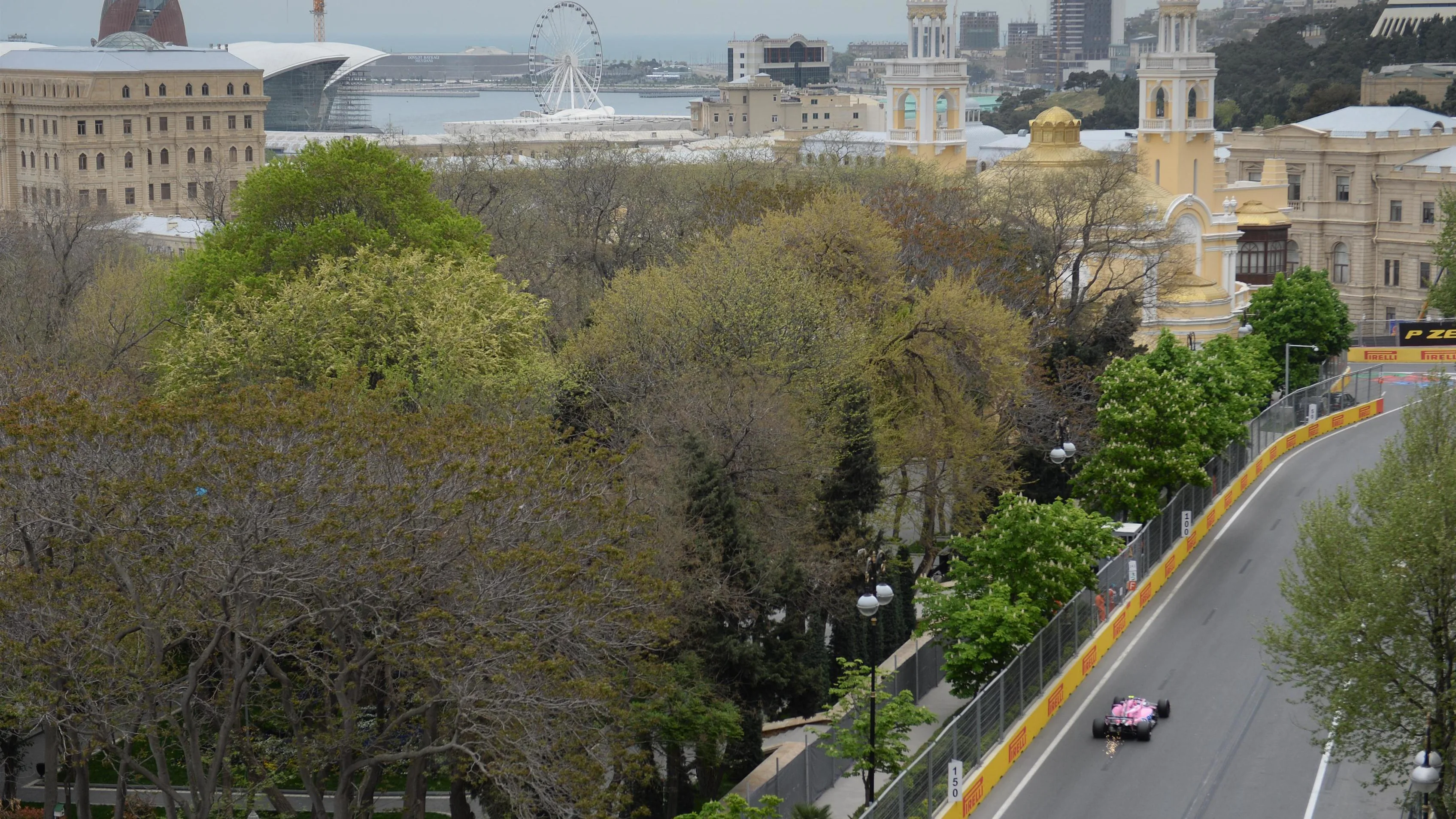
Azerbaijan is known as ‘The Land of Fire’ but Baku itself is labelled ‘The City of Winds’, and it is the latter that is likely to be prominent on Sunday. Increasing gusts made track conditions tricky on Saturday, with FP3 and qualifying seeing a number of drivers struggling with the changing wind direction. A headwind meant the car’s aerodynamics were more effective and a driver could brake later, but a tailwind would have the opposite effect and required more caution under braking.
With the Baku City Circuit winding around tight streets, the buildings that surround the track create a tunnel effect and channel the winds, meaning the drivers were often dealing with wind that was in different directions around the lap.
Saturday was bad enough, but on race day teams have been preparing themselves for gusts as high as 50mph. Catching one of those at the wrong time could put any of the 20 drivers in the wall, or down one of the escape roads that take a while to recover from.
3. How many times might we see the Safety Car?
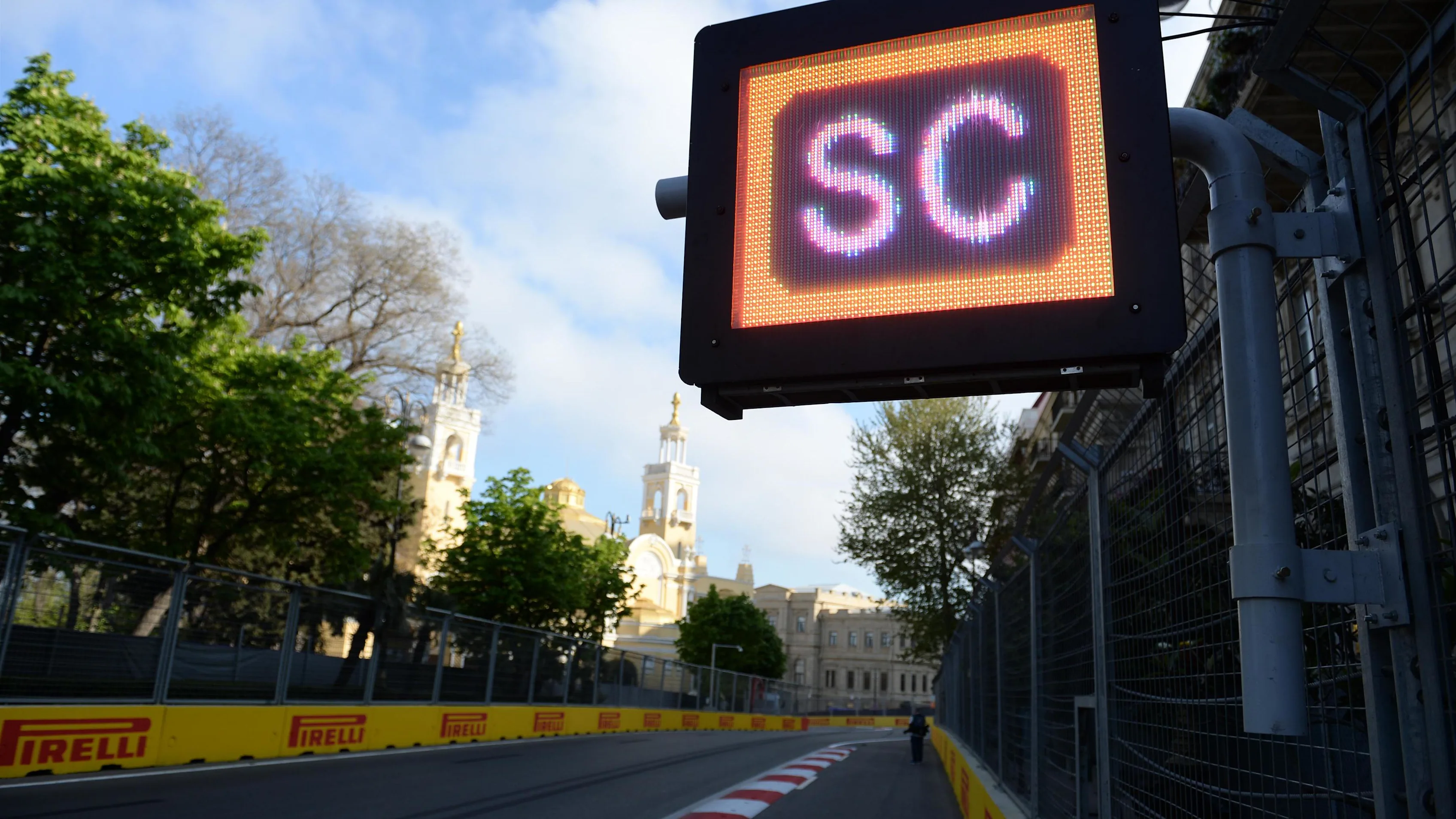
When F1 first came to Baku in 2016, two wild support races increased expectations of a chaotic Grand Prix. So all the drivers left an extra bit of margin, believing staying out of trouble would pay off. The result? A processional race.
Fortunately, last year was very different. With more aggressive driving came more incidents and a crazy race that featured a red flag period and three Safety Car interruptions. Given the weather forecast and the close nature of the top three teams and midfield, the chances are for similar drama on Sunday.
The crucial part of any interruptions will be the race restart. Out of Turn 16, drivers have the longest ‘straight’ of the season as they run flat out for 1.305 miles (2.1km). So during a Safety Car restart, it is crucial to get away from the car behind or the massive slipstream effect will leave the leader vulnerable.
If you need an example of how it can turn a race on its head, look no further than Saturday’s Formula 2 round, where Mercedes youngster George Russell was comfortably leading before a Safety Car period. On the restart, Nyck de Vries attacked into Turn 1, forcing both drivers wide and Russell got stuck near a barrier, dropping from first place to over a minute off the lead.
4. Potential fireworks at Force India?
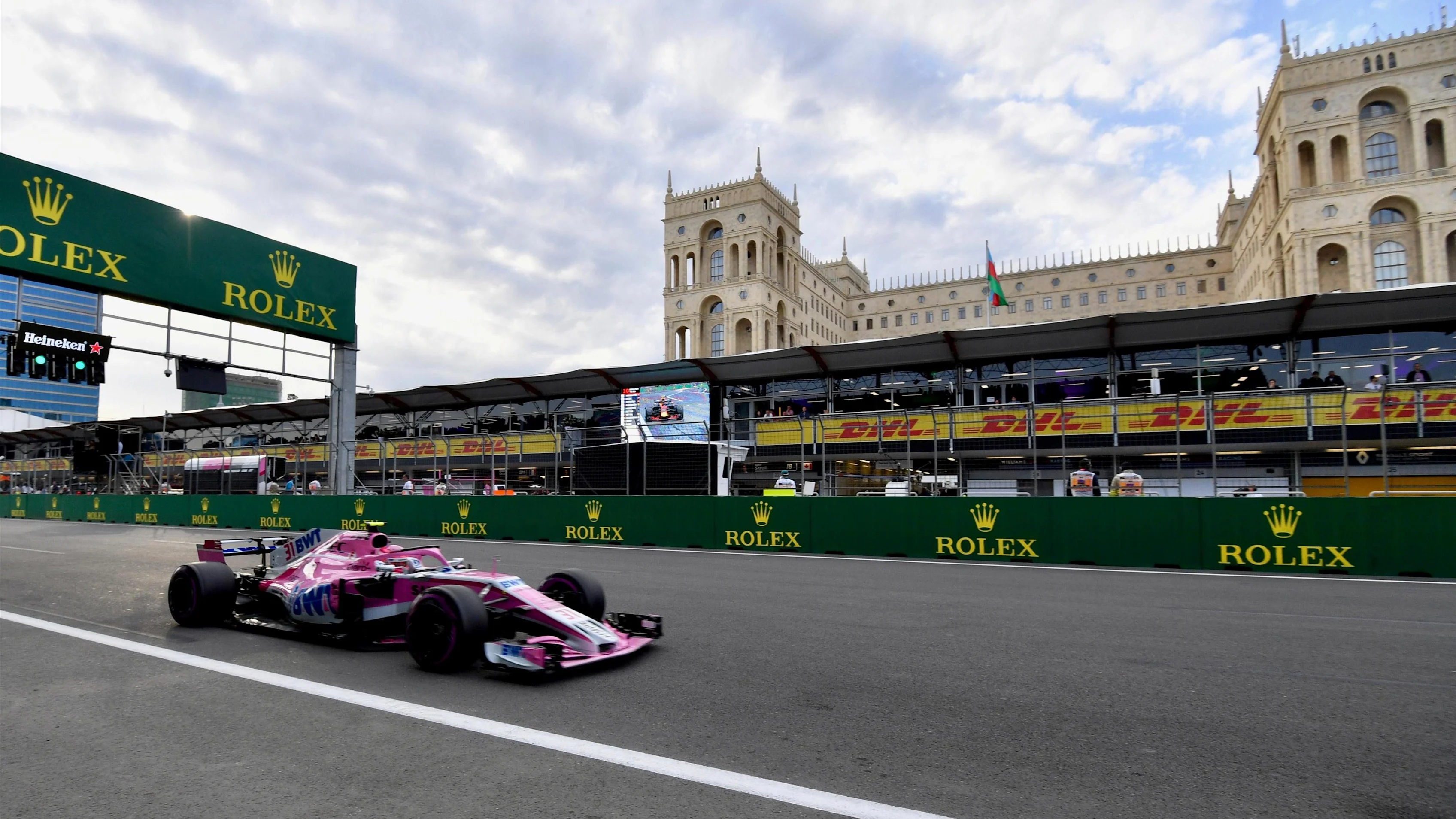
A running theme during the 2017 season was the on-track antics of the two Force India drivers. Sergio Perez and Esteban Ocon both performed brilliantly on the whole to secure the team fourth in the constructors’ championship, but they also came together on numerous occasions. The most damaging incident occurred in Baku, where they collided on a Safety Car restart while both in podium contention, forcing Perez to retire and limiting Ocon to a sixth-placed finish.
Force India took the collision so seriously they enforced team orders, but those have since been relaxed. So you’d expect team management will not be sleeping soundly tonight despite a very impressive qualifying session, with the pair lining up next to each other on row four.
It’s the first time Ocon and Perez have started side-by-side this season, but even being separated on the grid didn't stop them coming close to contact on the opening lap in China. And like front-row rivals Sebastian Vettel and Lewis Hamilton, they have history here…
“They’re really quick here,” Williams' Paddy Lowe said of Force India. “They were last year as well. I think the circuit suits our car but it suits their car even more, so they were very impressive times. But last year they took each other out, which was helpful, so we’ll see…”
5. A big chance for Williams
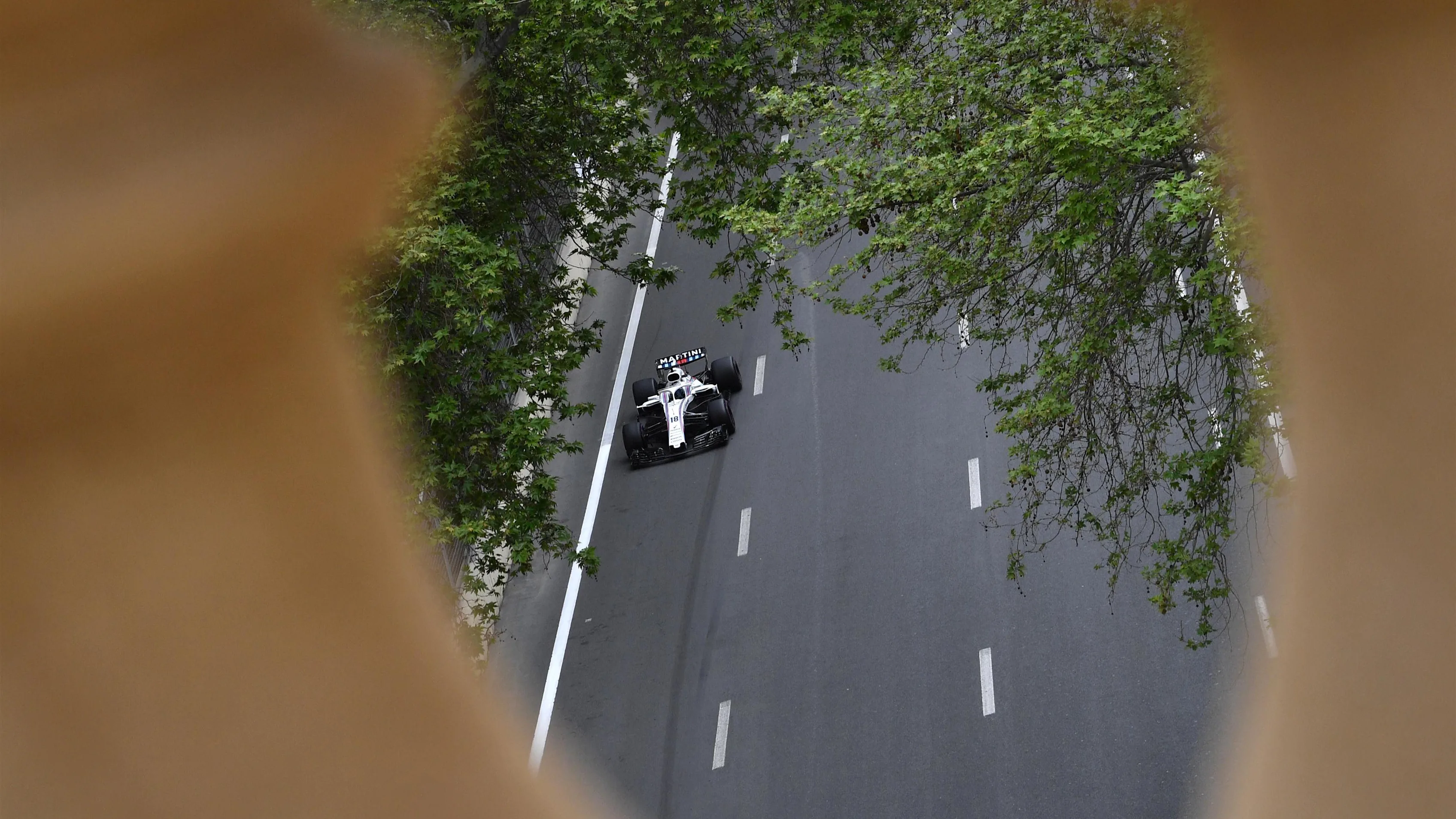
And Lowe has reason for optimism despite a difficult start to the season for Williams, with last year’s fifth-best constructor the only team yet to score a point in the opening three races. There have been signs of recovery since an underwhelming pre-season, and qualifying in Baku resulted in their best Saturday so far as Lance Stroll finished 11th and Sergey Sirotkin 12th.
Nico Hulkenberg’s five-place grid penalty for a gearbox change will promote both Williams drivers by one position but they will still retain the ability to choose which tyres they start the race on. Pirelli suggests starting on the supersoft and switching to softs on lap 21 is the quickest way to the finish, but Raikkonen, the two Force Indias and Carlos Sainz ahead all have to start on the ultrasofts.
With both cars starting in such a strong position, Williams have a major opportunity to pick up their first points of the year, and Lowe acknowledges the importance of doing so given their performance level to date.
“It’s great morale for the team to get two cars to the top of Q2 and almost into Q3, and underneath that are some incremental improvements we've made in all sorts of areas whether that’s the car or operationally,” Lowe said. “But I think on the other hand this circuit suits our car well. It was the same last year, and we’re not under the illusion that we’ve made this much progress in terms of overall performance.”
Translation: Williams won’t be this quick everywhere, so now is the time to cash in. The omens are good at least, with Lance Stroll securing the only podium for a driver outside of Mercedes, Ferrari and Red Bull here last season.
- Chris Medland
Next Up
Related Articles
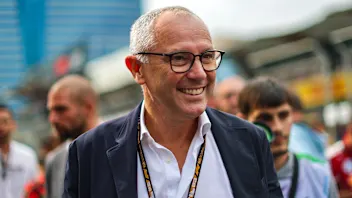 F1 CEO Domenicali reflects on 'phenomenal' 2025
F1 CEO Domenicali reflects on 'phenomenal' 2025 Celebrating the first F1 Allwyn Global Community Awards
Celebrating the first F1 Allwyn Global Community Awards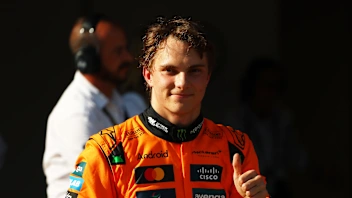 Piastri reveals lessons that will ‘only make me stronger’
Piastri reveals lessons that will ‘only make me stronger’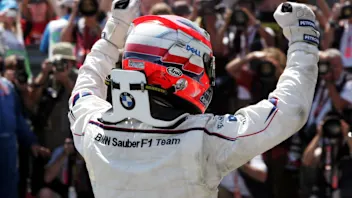 Tremayne'Why I’ll always have a soft spot for Sauber'
Tremayne'Why I’ll always have a soft spot for Sauber'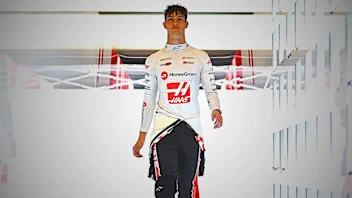 ExclusiveHow Bearman went from super-sub to star rookie in 2025
ExclusiveHow Bearman went from super-sub to star rookie in 2025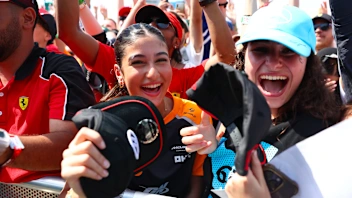 Formula 1’s record-breaking 2025 season in numbers
Formula 1’s record-breaking 2025 season in numbers